Adding spices to your cooking is the best way to add your personal touch to a dish. We've rounded up this list of spices you need to try; they'll add a whole lot of flavor to any meal.
9 Spices and Seasonings You Never Knew You Needed Until Now
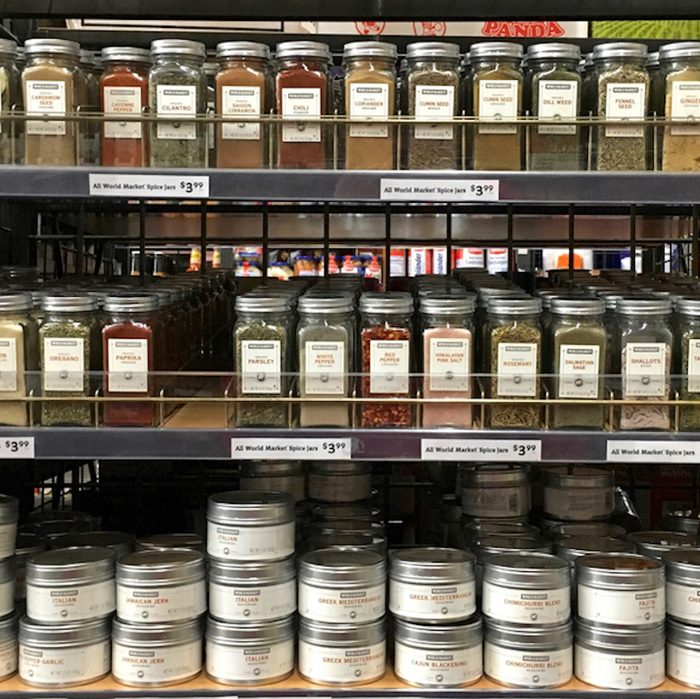
When it comes to our spice rack, we’re all familiar with the basics, like garlic powder, basil and oregano—all of which find a home in our favorite Italian recipes. But there’s so much more to cooking than your standard picks. We’ve selected a few spices and seasonings that you might not always reach for, but will add so much flavor and zest to your cooking.
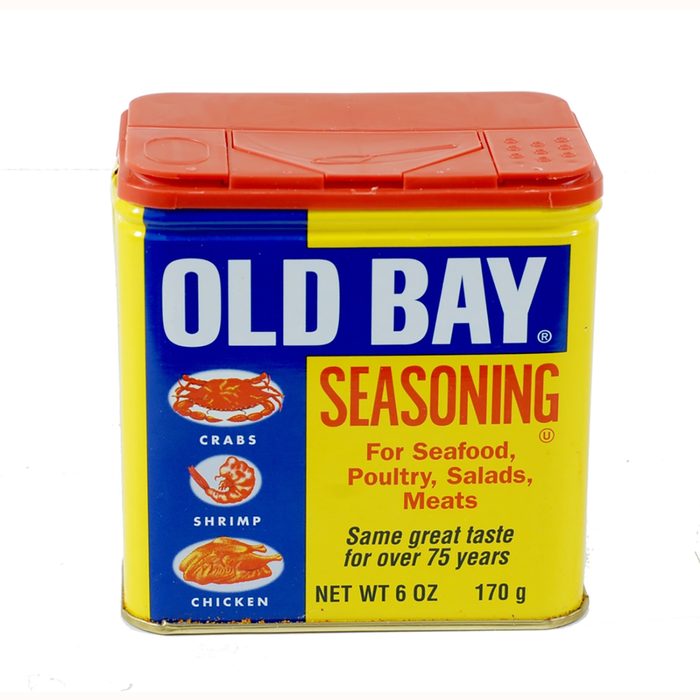
Old Bay
This spice blend has a cult-like base of devotees who swear by it. Old Bay is practically a must with any sort of fish or shellfish, but it’s darned tasty sprinkled over chicken, pork and even potatoes. With over 18 herbs and spices making an appearance in Old Bay, it’s no wonder it works in so many recipes. Give it a go with these tasty shrimp recipes.
Old Bay addict? Purchase it here.
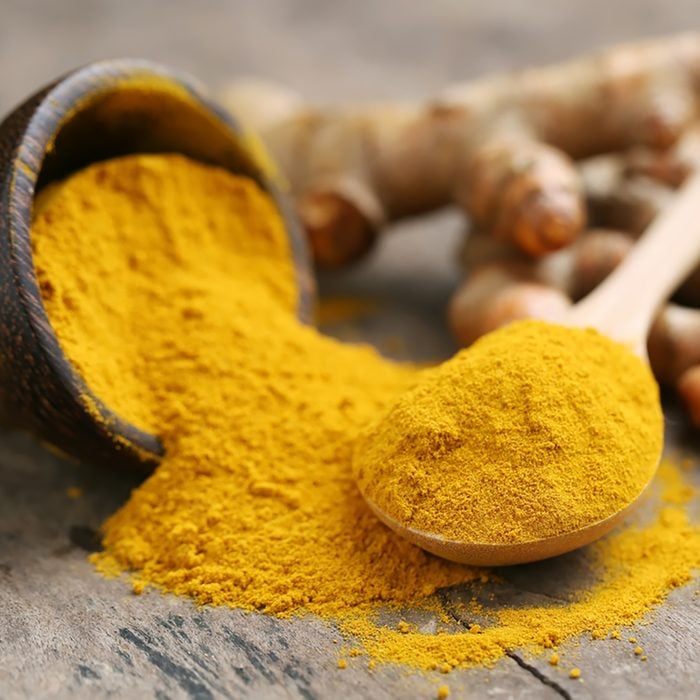
Turmeric
Touted as a “miracle spice” by some, you’ve probably read about this deep yellow spice’s health benefits in newspaper headlines. A dash of turmeric will add vibrant color to any dish, but incorporate it into your cooking for a health boost. Best part is that you don’t have to reach far out of your comfort zone to use it; turmeric is the secret ingredient in these honey-mustard chicken wings.

Creole seasoning
Creole gets its flavor from cayenne, salt, onion powder and more. It’s a little bit hot and can completely transform your meal—especially seafood dishes. You can season everything with Creole but one of our favorites is this Creole blackened chicken.
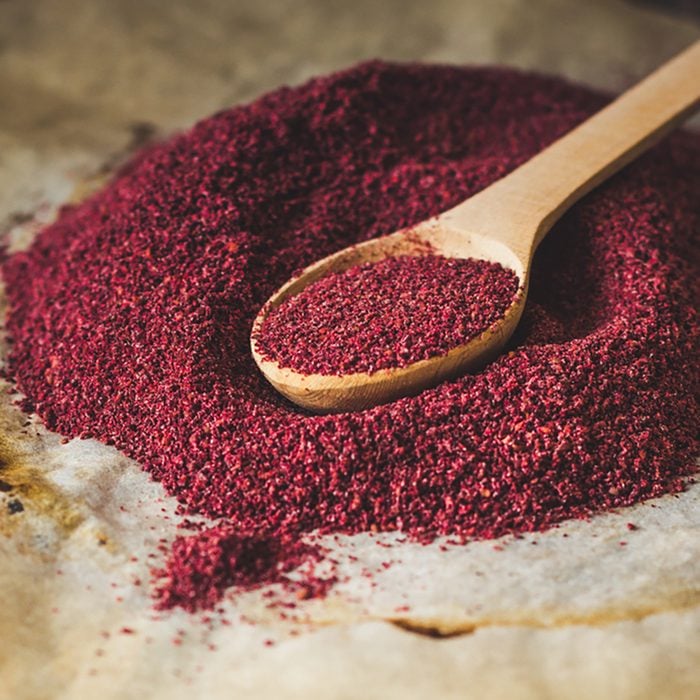
Sumac
Sumac often crops up in Middle Eastern cuisine. Its tangy, citrusy flavor makes it perfect for adding a pop of tartness to a marinade, rub, or as a simple solo seasoning like in these delicious Armenian-style “pizzas.” But it’s popular in spices blends too; sumac is an essential part of za’atar, a traditional Middle Eastern spice blend.
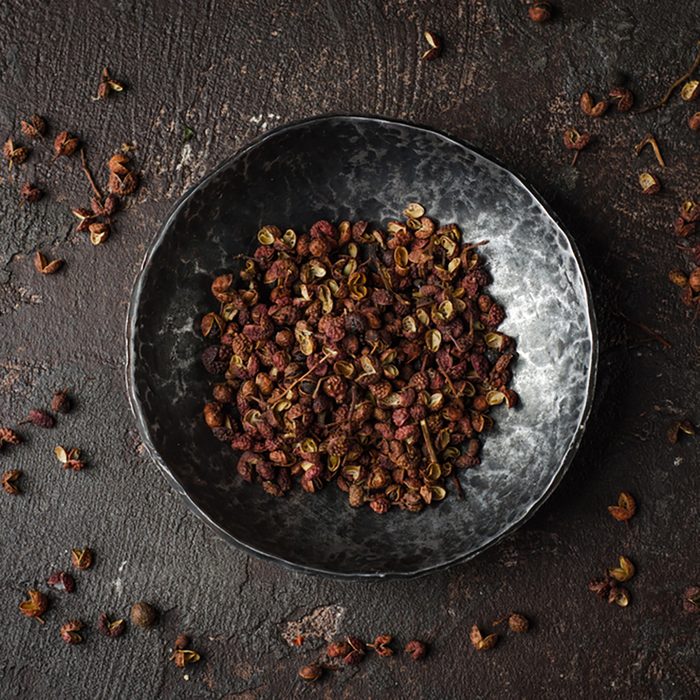
Sichuan pepper
This tasty little spice isn’t hot the way chili peppers are. Instead, Szechuan pepper makes your mouth tingle and get your taste buds ready for spice, which is why they’re often paired with peppers in dishes.
Read more about the marvels of Sichuan cooking (plus, how to incorporate it into your home) here.
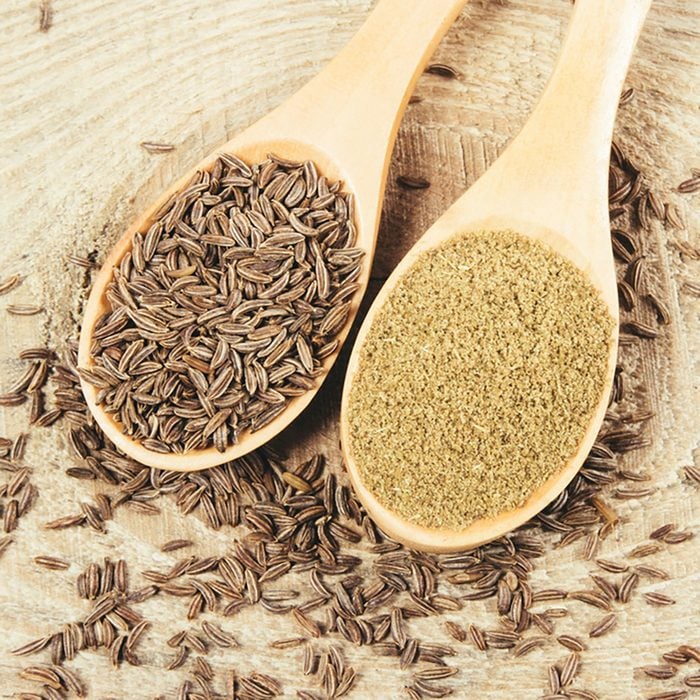
Cumin
This earthy, aromatic spice often appears in Tex-Mex, Mexican, and Indian cuisine. Cumin has a warm, nutty quality that plays so well with these cuisines. Add an extra sprinkle to these make-ahead Mexican favorites.
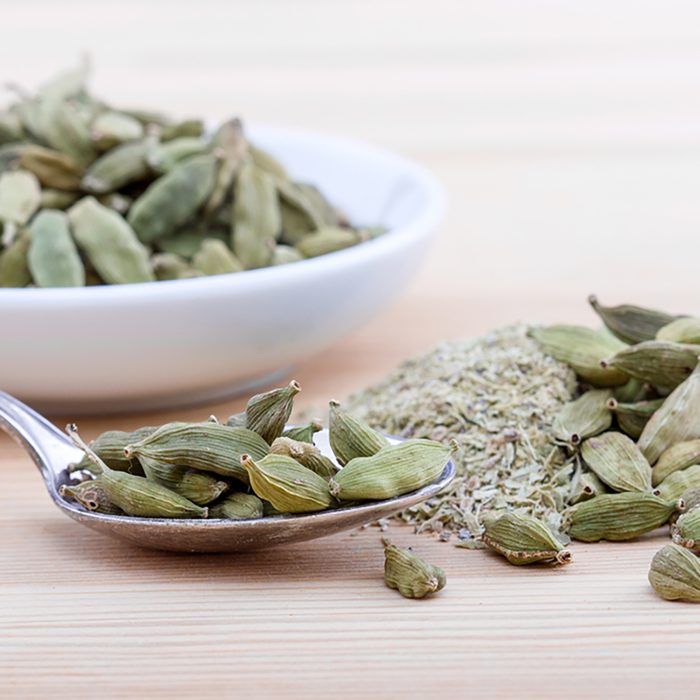
Cardamom
You may know cardamom as a key part of Indian foods or as a baking spice, but it’s unique, aromatic flavor makes it a great spice for taking a dish in a new direction. These recipes will make it your new favorite ingredient. You can definitely get creative with cardamom, like adding it to sweet potatoes for something a little different than the everyday.
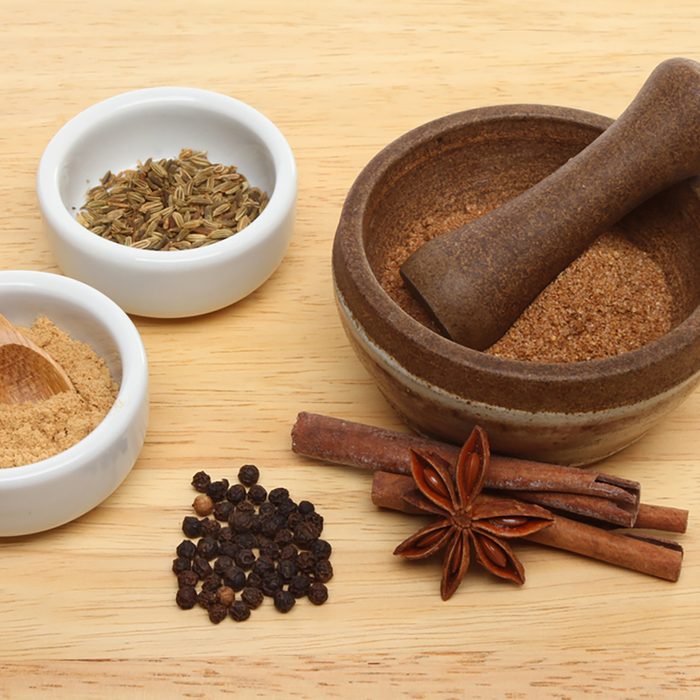
Chinese five spice
Chinese five spice—typically a combination of cinnamon, cloves, fennel seed, star anise and sichuan pepper—has other applications outside of your favorite takeout fake-out recipes. Try dusting it over chicken wings, noodles, stir-fry, roast veggies and more to see just how much flavor this spice blend can add to your meals.
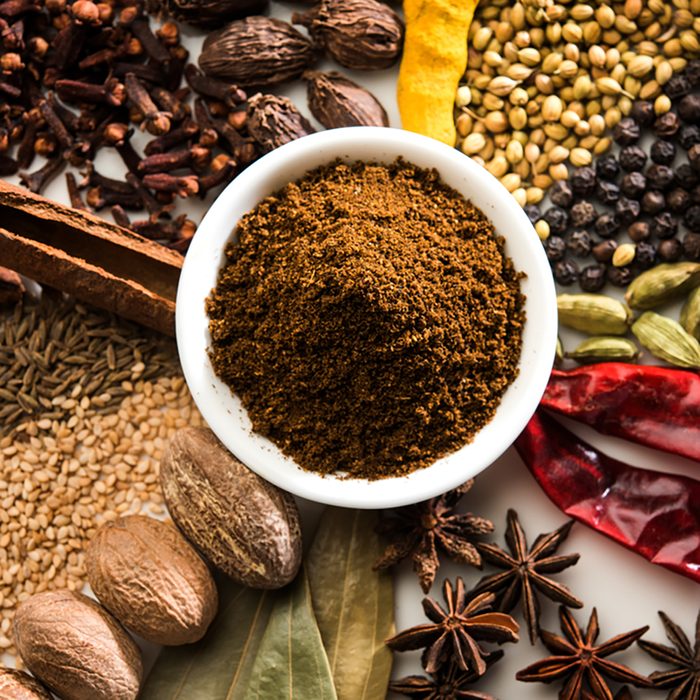
Garam masala
The spice components of garam masala will differ slightly from recipe to recipe, but common ingredients include peppercorns, mace, bay leaf, cinnamon, cumin, coriander seeds, cardamom and clove. Thinking about whipping up a chicken tikka masala tonight? Don’t forget the garam masala! Take a look at these other recipes using garam masala.



















